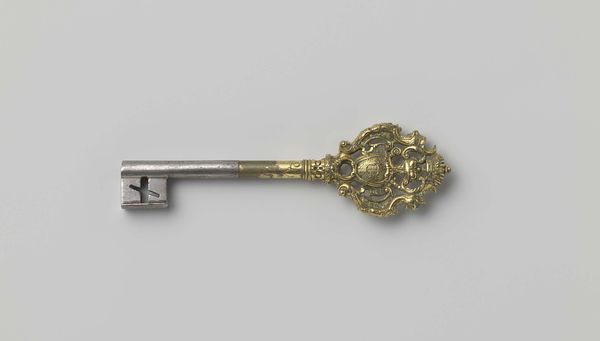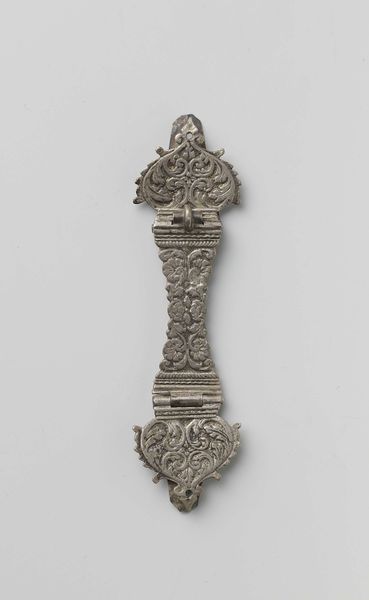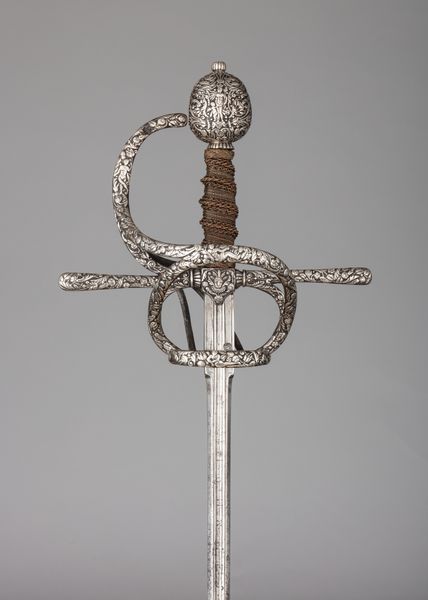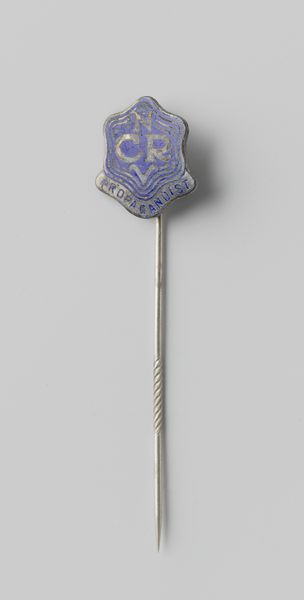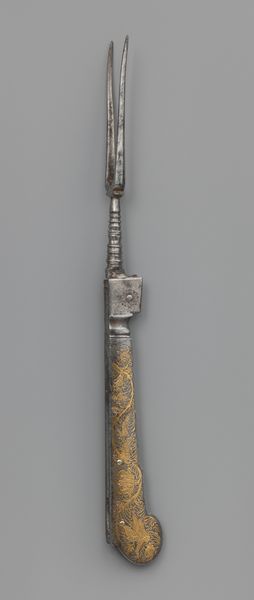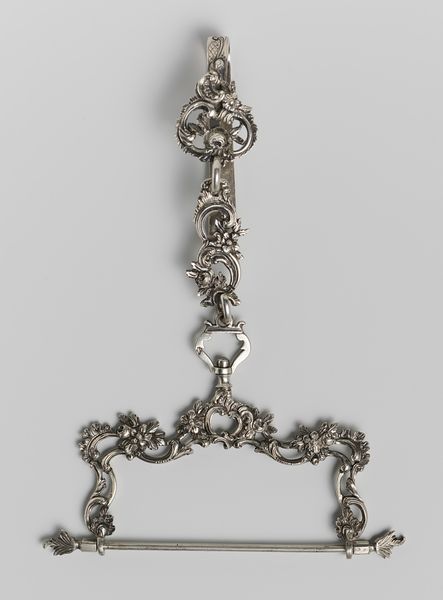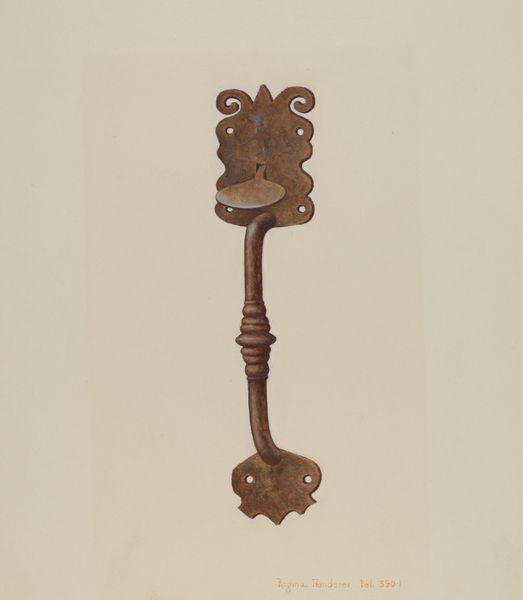
Patriotse pijpenpeuter, ter ere van Hendrik Danielsz. Hooft, burgemeester van Amsterdam 1787
0:00
0:00
anonymous
Rijksmuseum
silver, metal
#
portrait
#
neoclacissism
#
silver
#
metal
#
history-painting
#
decorative-art
Dimensions: length 9.9 cm, width 2.4 cm, thickness 0.5 cm, weight 14.52 gr
Copyright: Rijks Museum: Open Domain
Editor: So this fascinating piece is called "Patriotse pijpenpeuter, ter ere van Hendrik Danielsz. Hooft, burgemeester van Amsterdam," or "Patriotic pipe tamper, in honor of Hendrik Danielsz. Hooft, Mayor of Amsterdam," made in 1787. It is currently held at the Rijksmuseum, made from silver and other metals. It has quite a severe, but refined air. I wonder, what kind of history does this little piece hold? Curator: Indeed. It's important to view this piece within the turbulent political landscape of the Dutch Republic in the late 18th century. Hendrik Hooft was a prominent Patriot, advocating for greater democratic participation and challenging the power of the Stadtholder. The pipe tamper, seemingly a simple, decorative item, becomes a symbol of political allegiance and civic pride. Do you notice how the portrait of Hooft is presented almost like a Roman emperor? Editor: I do now! There’s definitely something very classicized about the oval frame and laurel-wreath details! Why choose something so everyday to convey those ideas, though? Curator: Exactly. By incorporating classical motifs, the Patriots were associating their movement with republican ideals and virtue, legitimizing their claims to power. Everyday objects were potent carriers of political meaning and circulated amongst the politically engaged. It's fascinating how these kinds of things could bolster popular political ideas and discussions in places like cafes. What might such an artifact tell us about Amsterdam’s collectors in our present? Editor: It's like a souvenir or memento almost. It helps me understand that even small objects have a powerful ability to shape cultural consciousness and memorialization, I hadn’t considered that before. Curator: Precisely. Now you're seeing how art blurs with civic life.
Comments
No comments
Be the first to comment and join the conversation on the ultimate creative platform.

